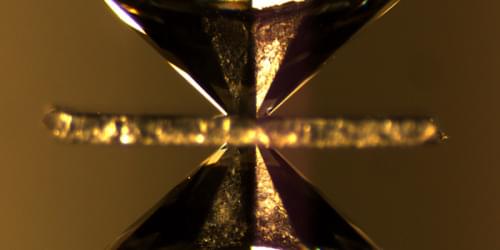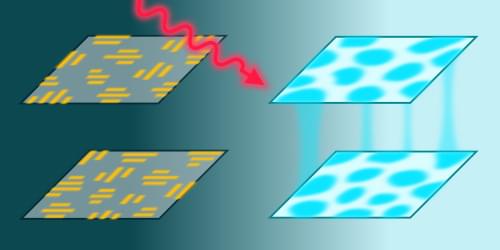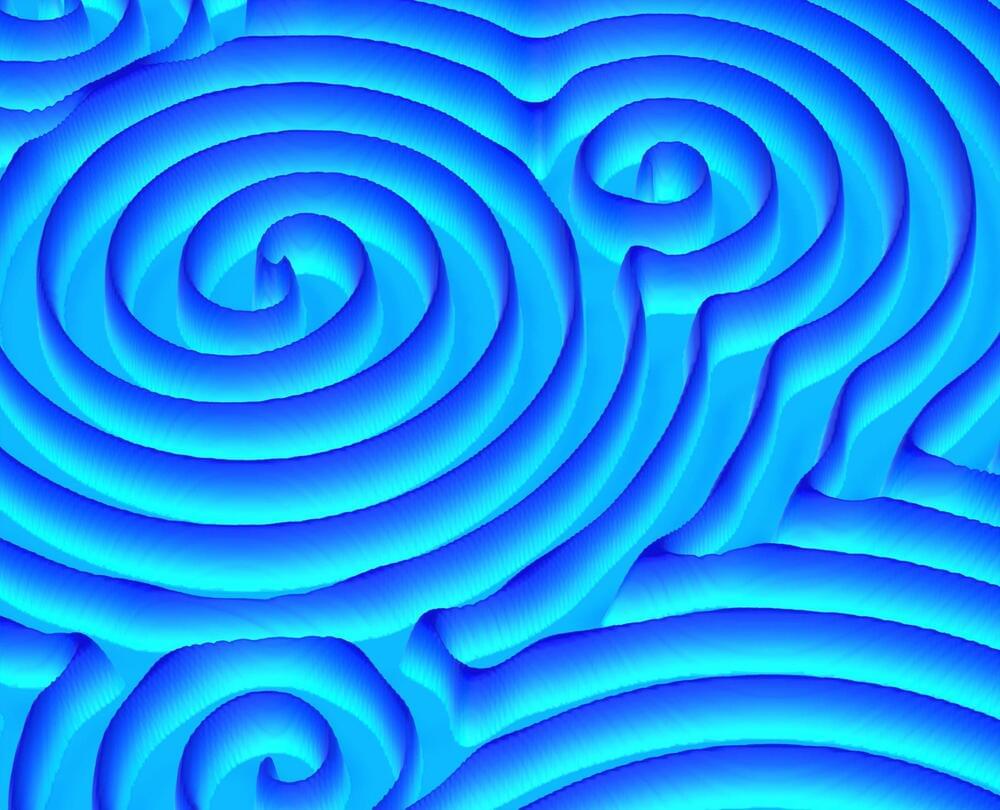Dec 21, 2024
Quantum walk computing unlocks new potential in quantum science and technology
Posted by Saúl Morales Rodriguéz in categories: computing, information science, military, quantum physics, science
Quantum walks are a powerful theoretical model using quantum effects such as superposition, interference and entanglement to achieve computing power beyond classical methods.
A research team at the National Innovation Institute of Defense Technology from the Academy of Military Sciences (China) recently published a review article that thoroughly summarizes the theories and characteristics, physical implementations, applications and challenges of quantum walks and quantum walk computing. The review was published Nov. 13 in Intelligent Computing in an article titled “Quantum Walk Computing: Theory, Implementation, and Application.”
As quantum mechanical equivalents of classical random walks, quantum walks use quantum phenomena to design advanced algorithms for applications such as database search, network analysis and navigation, and quantum simulations. Different types of quantum walks include discrete-time quantum walks, continuous-time quantum walks, discontinuous quantum walks, and nonunitary quantum walks. Each model presents unique features and computational advantages.

















